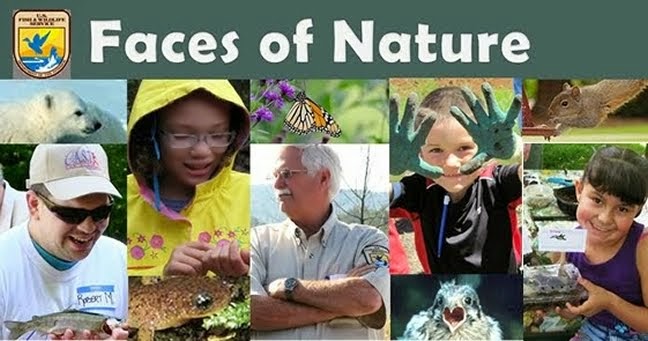| Judy Gordon, Abernathy Fish Technology Center Director Credit: USFWS |
In celebration of African American Heritage month, the U.S. Fish & Wildlife Service asked Judith Gordon, Center Director at Abernathy Fish Technology Center in Longview, Washington why she does what she does. Her inspiring personal account of getting involved with conservation showcases one of the many ways that nature inspires Service employees! Thank you, Judy, for your hard work and dedication to nature and conservation!
Why I do what I do?
I can answer that with a name, Jacques-Yves Cousteau, the oceanographer and marine conservationist. Growing up I probably watched every one of his TV specials about his adventures aboard the research vessel Calypso and cruising around in Zodiacs®. I knew by the time I was eleven years old that I wanted a career in a marine biological science so I could be near the water and study biology. My parents helped in this choice in two ways. First, they were fully engaged in and encouraging of my educational goal of going to college. Secondly, they wanted my sister and me to have a choice in careers, which as children of the Great Depression they didn’t. | Judy sampling on the Yukon River in Alaska Credit: Judy Gordon/USFWS |
Thus armed with images from TV specials and support from family I started down my career path. This led me to a Bachelor's degree in population Biology and as Master's degree in Quantitative Ecology, with a minor in Statistics. But most importantly it led me to jobs in Woods Hole, MA, Pascagoula, MS, Fairbanks, AK, Longview, WA, and research cruises/field work in the North Atlantic Ocean off of New England, the Gulf of Mexico, Alaska's Beaufort Sea and middle Yukon River, and now the Pacific Northwest.
Too many fish to count
During my ~30 year career I have seen amazing things: a whale shark feeding at the surface of the ocean; porpoises enjoying themselves riding the bow wave of a ship; a grizzly bear and her two cubs walking across a hill side; a pod of beluga whales; polar bear running across the tundra; a tarpon jumping out of the ocean; the vividly colored Queen Triggerfish; mahi mahi moving so fast they appear to be just streaks of color underwater; a black bear strolling along a river bank; a moose taking a drink; a startled herd of musk ox forming a protective circle around their calves; streams full of salmon in their spawning colors; a family of river otters playing; herds of caribou, elk, bison, and mule deer; frigate birds, wild swans and bald eagles. And I haven't even listed all the different species of fish!
During my ~30 year career I have seen amazing things: a whale shark feeding at the surface of the ocean; porpoises enjoying themselves riding the bow wave of a ship; a grizzly bear and her two cubs walking across a hill side; a pod of beluga whales; polar bear running across the tundra; a tarpon jumping out of the ocean; the vividly colored Queen Triggerfish; mahi mahi moving so fast they appear to be just streaks of color underwater; a black bear strolling along a river bank; a moose taking a drink; a startled herd of musk ox forming a protective circle around their calves; streams full of salmon in their spawning colors; a family of river otters playing; herds of caribou, elk, bison, and mule deer; frigate birds, wild swans and bald eagles. And I haven't even listed all the different species of fish!
| Feeling a "sense of calm" during sunset on the Beaufort Sea, Alaksa. Credit: Judy Gordon/USFWS |
One of my favorite things about my work is a moment when I feel most connected to the natural world. Be it standing on the deck of research vessel heading to port in twenty foot seas, the quiet in the morning when you wake up in your tent, the smell of sea air and the sounds of sea birds, or seeing a run of brightly colored fish returning to spawn in a creek. Those are the moments that I most strongly feel a sense of calm, a better understanding of our place in nature, and the importance of conserving the natural world.
I can’t imagine doing anything else!
